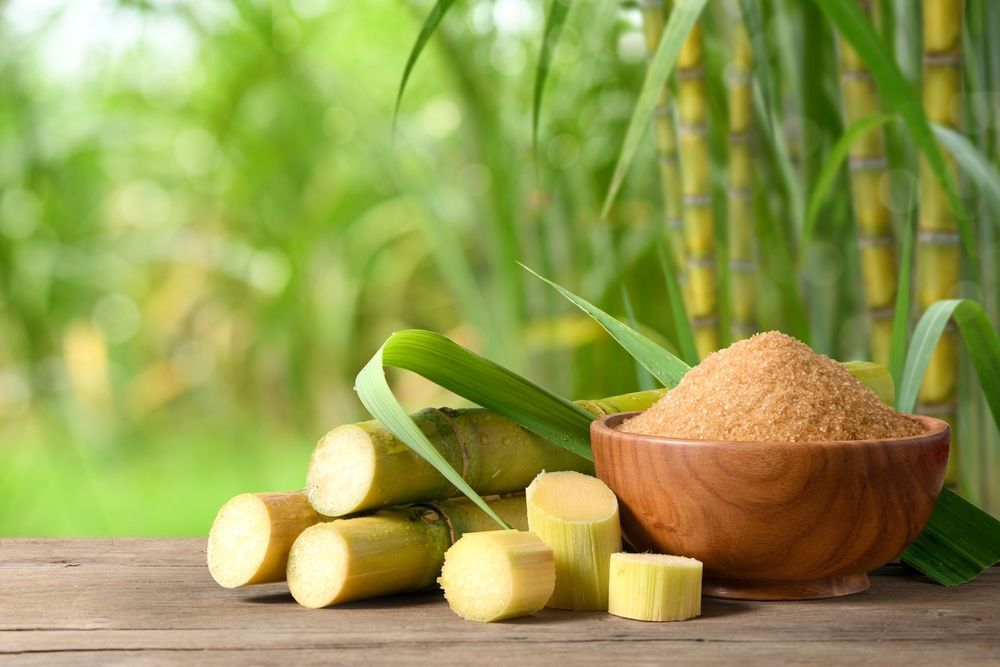Discover the Uses and Perks of Beet Sugar Vs Cane Sugar in Your Daily Diet
Discovering the unique qualities of beet and cane sugar discloses more than just their sweetening abilities; it highlights their unique influence on wellness and culinary arts. Beet sugar, understood for its subtle taste, is typically favored in delicate desserts, whereas cane sugar, with its tip of molasses, adds richness to durable recipes. Each kind holds its very own dietary profile and glycemic ramifications, inviting a much deeper understanding of their roles in a balanced diet and lasting usage methods.
Beginning and Production Processes of Beet and Cane Sugar

The distinctive climates and dirt kinds needed for growing sugar beets and sugarcane contribute to differences in their farming methods and geographic distribution, influencing the business economics and sustainability of their manufacturing. beet sugar vs cane sugar.
Nutritional Contrast In Between Beet Sugar and Cane Sugar
Despite originating from various plants, beet sugar and cane sugar are nutritionally really comparable, both largely including sucrose. Each provides regarding 4 calories per gram, translating to roughly 16 calories per teaspoon. Structurally, both sugars are composed of around 99.95% sucrose, with minimal amounts of other compounds like wetness and trace element, which do not considerably alter their nutritional accounts.

Ultimately, when choosing in between beet sugar and cane sugar based on dietary content alone, both offer identical benefits and downsides as they are essentially kinds of the same particle-- sucrose, offering quick power without other nutrients.
Influence On Wellness: Glycemic Index and Caloric Content
Exploring better into the effects of beet sugar and cane sugar on wellness, it is very important to consider their glycemic index and calorie material. Both her comment is here sugars are identified as sucrose, which includes glucose and fructose. This structure leads them to have a comparable effect on blood sugar degrees. The glycemic index (GI) of both beet and cane sugar is around 65, classifying them as high-GI foods, which can create quick spikes in blood sugar levels. This is an important element for people handling diabetes or those trying to support their power degrees throughout the day.
Each kind of sugar includes about 4 calories per gram, making their caloric material equivalent. For those monitoring calorie intake, particularly when handling weight or metabolic health problems, recognizing this equivalence is important (beet sugar vs cane sugar). Nevertheless, excessive consumption of any high-calorie, high-GI food can add to health issues such as weight problems, heart illness, and insulin resistance.
Environmental and Economic Considerations of Sugar Manufacturing
Beyond health and wellness influences, the manufacturing of beet and cane sugar additionally increases considerable ecological and economic problems. Sugar beet growing has a tendency to require cooler environments and has visit here a reduced geographical impact compared to sugar cane, which prospers in tropical regions.
In addition, making use of chemicals and fertilizers in both beet and cane sugar cultivation can cause soil degradation and contamination, additional impacting biodiversity and local water bodies (beet sugar vs cane sugar). The choice between growing sugar beet or cane typically visit our website rests on neighborhood ecological conditions and financial elements, making the sustainability of sugar production an intricate problem
Culinary Applications and Flavor Differences
While the ecological and economic aspects of sugar manufacturing are certainly significant, the choice between beet and cane sugar likewise influences cooking applications and taste profiles. Beet sugar, stemmed from the sugar beet plant, is recognized for its remarkably neutral taste. This makes it a flexible ingredient in baking, where it does not modify the taste of various other elements. It liquifies rapidly and is perfect for use in cakes, cookies, and breads.
Walking stick sugar, extracted from sugarcane, frequently retains molasses traces, which pass on an unique richness and depth. The mild variation in dampness web content in between beet and cane sugar can impact the structure and consistency of meals, making cane sugar a favored selection for certain dishes that benefit from its unique residential or commercial properties.

Conclusion
To conclude, both beet and cane sugar have distinctive beginnings and manufacturing processes, using similar nutritional profiles with minor differences in sodium web content and flavor. While their impact on wellness, particularly relating to glycemic index and calories, is comparable, the option in between them often comes down to environmental, financial factors, and specific cooking demands. Recognizing these facets can guide consumers in making notified choices that align with their health objectives and taste preferences.